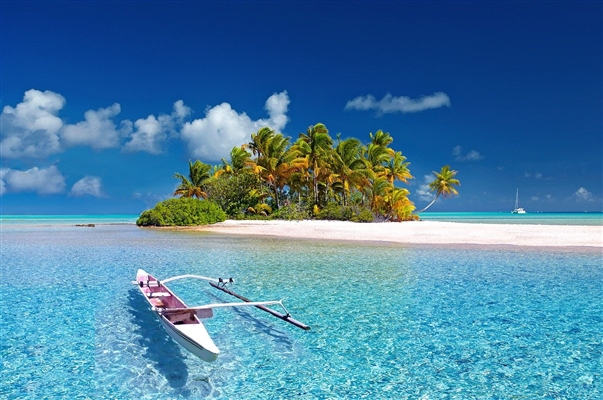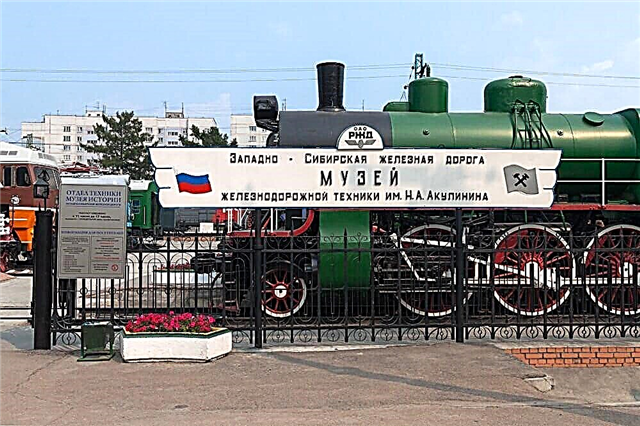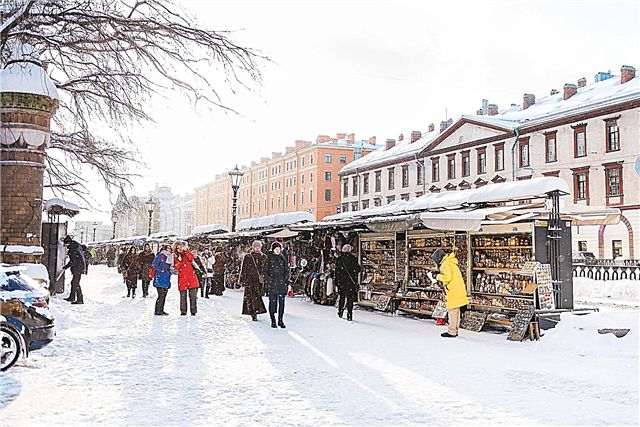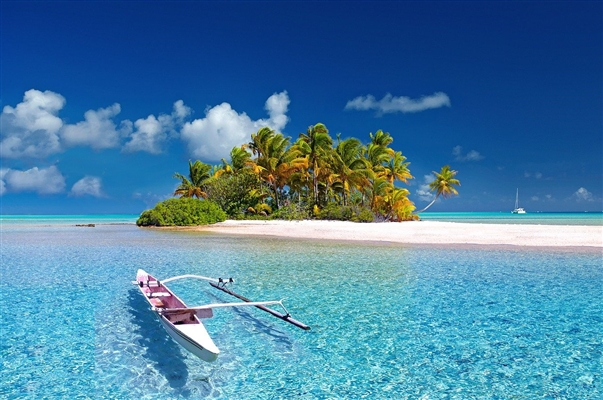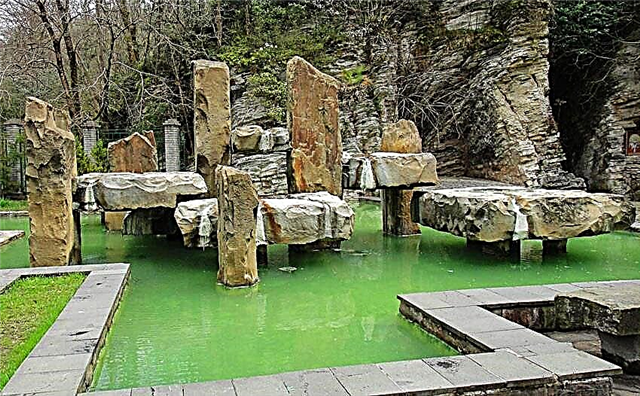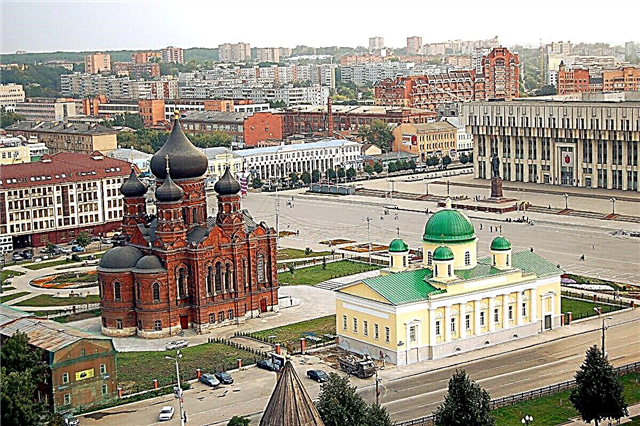Tula Region is a region of Central Russia, located southwest of Moscow. Historically, the population of the region was engaged in handicrafts, mining and processing of iron ore. The cities of the region have preserved interesting historical sites: ancient temples, monasteries and manor houses. In some of the restored objects there are museums, and lovers of riddles and secrets in the Tula region will find abandoned estates of the 17th-19th centuries.
The famous Kulikovo field is located on the border of three districts of the region at once. There are many tourist facilities here, festivals and historical reconstructions are held. In 1941, the Tula region was under fascist occupation. Today, memorials have been erected in every city of the region in memory of the fallen compatriots.
The largest cities of the Tula region
List of the region's largest cities in terms of population.
Tula
A small calm town with a rich history and many attractions. In the center of the city there are many buildings of the 17th-19th centuries, the oldest building in Tula is the Kremlin of the 16th century. You can learn more about the city's arms history in the Tula Museum of Weapons. Museums are also dedicated to the samovar and Tula gingerbread. The city is rich in monasteries and temples. The most magnificent of them is the Assumption Cathedral of the Tula Kremlin.
Population - 550 thousand people.

Novomoskovsk
The city got its name in the 60s of the XX century, before it was called Bobriki and Stalinogorsk. During the Second World War, the city was under occupation, which is kept in memory by the memorial complex in the Urvan forest. For young guests, there is a children's railway and a children's park, where the source of the Don River is located. The Novomoskovsky Holy Dormition Monastery operates in the city, and in the vicinity there is a Holy Spring.
Population - 125 thousand people.

Donskoy
A small coal-mining village in the upper reaches of the Don today has expanded to the regional center. In the vicinity of Donskoy there is an 18th century estate built for the son of Catherine II and Count Orlov. A church, a unique park, the tomb of the Bobrinsky counts have been preserved here, and a museum operates. The city has memorials dedicated to the soldiers of the Great Patriotic War, victims of the Chernobyl accident, as well as a monument to Donskoy's main profession - a miner.
Population - 65 thousand people.

Aleksin
The small town has an ancient history; a settlement at this place has been mentioned since the 13th century. The history of the city is kept by the local history museum, located in the building of a merchant's estate. The Cathedral of the Assumption of the Most Holy Theotokos has been preserved since the 17th century. There is a holy spring near the Holy Kazan Church. In memory of the people of Aleksin who died in 1941-1945, the "Mound of Glory" was opened.
Population - 58 thousand people.

Shchekino
A small town on the Kolpna River was born relatively recently, in the 19th-20th centuries. In 1942, the city defended the approaches to Tula, and was practically destroyed by Nazi troops. Mass graves and war memorials remind of this. Yasnaya Polyana, as well as many memorable places associated with the name of L.N. Tolstoy, is located in the Shchekino region.
Population - 58 thousand people.

Nodal
The city is located in the southeast of the Tula region. During the Great Patriotic War, destroyer battalions were based here, a monument to anti-aircraft gunners was erected in memory of the exploits of fellow countrymen. The Church of the Transfiguration of the Savior of the 18th century operates in the city.
Population - 50 thousand people.

Efremov
The town is located on the Krasivaya River, 150 km from Tula. At the beginning of the 20th century, there was a house here that belonged to the brother of the great writer I. A. Bunin, where the whole Bunin family gathered, and the writer himself was a frequent visitor. Now this house houses the Museum of I. Bunin. A local history museum is open in the city, here you can learn about the history of the region and great compatriots.
Population - 36 thousand people.

Bogoroditsk
The history of the settlement dates back to the 17th century with the construction of a wooden fortress. The city is located on the Upperta River. Despite the fact that Catherine II gave her illegitimate son an estate in Donskoy, Count Bobrinsky constantly lived in Bogoroditsk. The building of the count's palace today houses a museum. Another legacy of the count is the Bobrinsky Sugar Factory, which is now not operating; it also houses a museum.
Population - 31 thousand people.

Kimovsk
The city was formed on the site of the village of Mikhailovka of the 17th century. In the 19th century, the Epifan railway station was opened here. The memorial complex was opened in 1975 in memory of the liberators of Epifan station from the Nazi occupation. In the Kimovsky district, in the village of Monastyrshchino, there is a Museum and a memorial to the heroes of the Battle of Kulikovo. In the village of Epifan, you can plunge into the merchant life in the Baibakovs' estate.
Population - 26 thousand people.

Kireevsk
The city is located 40 km from Tula. It was formed from the village of Kireevskoye, in which iron ore was mined. Residents and guests of the city like to relax in the park of culture and recreation, on the banks of the reservoir. In the village of Sergievskoe, Kireevsky district, there is the Yazykov estate. At the moment, the house is in a state of ruins, but it is of historical and cultural value; its reconstruction is planned.
Population - 24 thousand people.

Suvorov
The city is considered one of the youngest settlements in the region. It began to form in the 50s of the XX century. In the center of the city there is a memorial complex-monument in memory of those who died on the fronts of the Great Patriotic War. There is a mass grave nearby. A monument in honor of the 50th anniversary of the Victory has been unveiled in the central square.
Population - 17 thousand people.

Plavsk
The small town is located on the banks of the Plava River. The city has preserved pre-revolutionary buildings, the remains of the Gagarin princes' estate, the 19th century churches - All Saints and Sergievs. In the vicinity of the city there is a unique natural monument - White Mountain. This is a rift containing rare species of animals and plants.
Population - 15 thousand people.

Yasnogorsk
The town not far from Tula was previously called Laptevo. The origin of the name is associated with the legends about a silver bast shoe donated by local craftsmen to Catherine II. Located on the tributary of the Oka - the Vashana River, in a picturesque natural area. Thirteen ancient temples of the Yasnogorsk region have survived to this day in a different state. The city has an art museum of local lore and a museum of the history of the railway station.
Population - 15 thousand people.

Venev
The small town was named after the Venevka river, on which it is located. The atmosphere of the pre-revolutionary era has been preserved here. The highest building in the region is located in Venev - the bell tower of the St. Nicholas Church. Its height is 77 meters. The restored Epiphany Church, as well as the Church of St. John the Baptist of 1773 are in operation. In the vicinity there is an interesting natural object - the tract "Twelve Keys", where folklore festivals are held.
Population - 14 thousand people.

Belyov
The city is known throughout the country thanks to the pastille, which has been produced here since ancient times. Belyov is located on a high bank above the bend of the Oka. There is a chapel near the river, where the holy spring of Vasily the Prozrenny is located. It is believed that the water from the spring heals and protects against eye diseases. In the city center, two monasteries are currently being reconstructed - the Transfiguration of the Savior and the Exaltation of the Cross.
Population - 13 thousand people.


